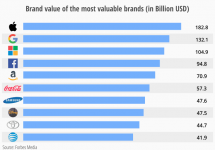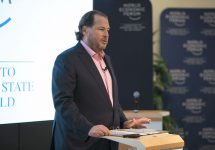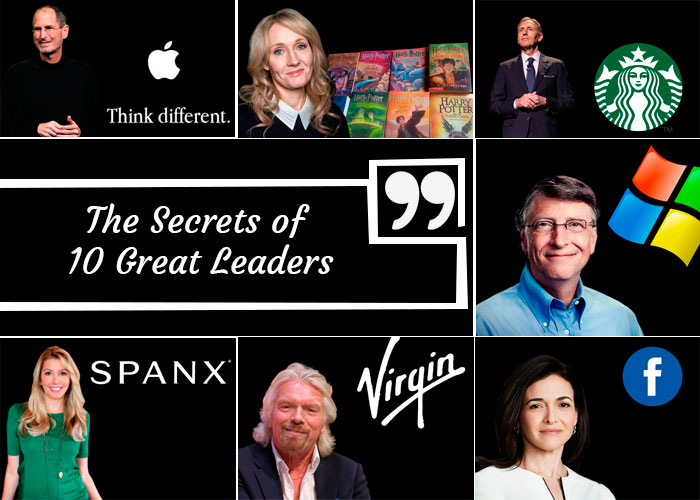
In an increasingly frantic market, getting the story of your company catching the attention of potential consumers or customers can be a challenge. Hence the way you get in touch with your target audience and tell them your story makes the difference.
Every day the average internet user is bombarded by the equivalent of 174 data newspapers, so it’s no wonder that our hunter-gatherer brain is having difficulty keeping pace. Thus, in order to stand out in the whirlwind of messages, companies need, more than ever, to create concise, coherent and compelling stories.
In the book, “Storyteller’s Secret”, the author Carmine Gallo reveals some of the techniques used by great leaders to get their message to the recipients. Here are ten examples, and the lessons we can learn from their storytelling skills.
1. Steve Jobs, founder of Apple
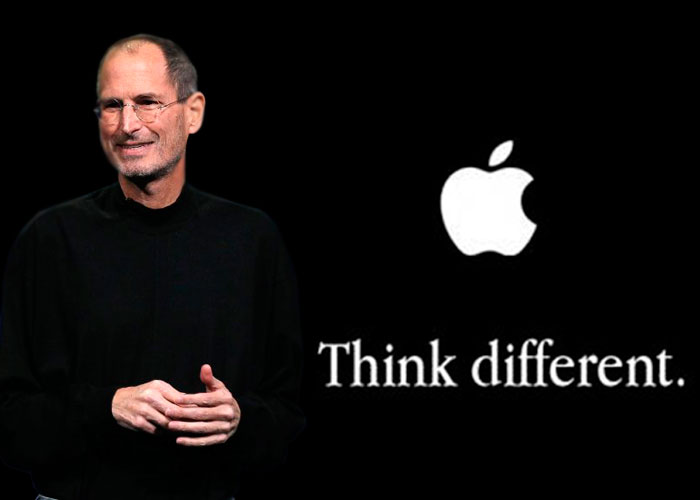
Storytelling Secret: Being in love.
The way Steve Jobs addressed the public in his famed speech at Stanford University in 2005 with “Stay Hungry, Stay Crazy,” has garnered 20 million views on YouTube. The text is now part of Pages, the Apple Mac’s word processor. Steve Jobs influenced people to do the best work of their lives and do what they love.
Lesson: Share the passion that motivates you.
2. JK Rowling, Author

Storytelling Secret: Structure.
In his speech at Harvard University in 2008, JK Rowling made a tripartite construction of his history, with:
i) a “triggering event” (in which he chronicled the years of unemployment and single parenthood.
ii) The details of an epic transformation the time he started writing the story of “Harry Potter”)
iii) The life lesson he learned (“you will never really know yourself, or the strength of your relationships, until both are tested by adversity”).
Lesson: Create your legend, highlighting the difficulties you have encountered.
3. Howard Schultz, former chairman and CEO of Starbucks
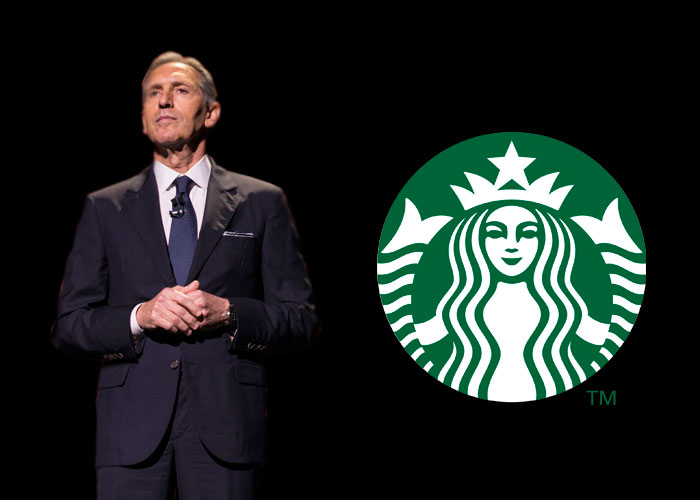
Storytelling Secret: Repetition.
In telling and retelling the history of the discovery of the espresso culture on a business trip to Italy as a Starbucks employee in 1983, Howard Schultz helped boost the company’s credentials as a sophisticated coffee brand.
Lesson: Remember personal experiences or events that inspired your company, repeating them until they are part of the organization’s folklore.
4. Bill Gates, founder of Microsoft

Storytelling Secret: Surprise.
At the 2009 TED Talk on malaria, Bill Gates opened a bottle full of mosquitoes ahead of the audience. “There are no reason why only poor people have to go through the experience,” the tycoon and philanthropist told the audience.
Lesson: Shocking the audience with well-timed events, twists in history or going beyond their expectations.
5. Sara Blakely, founder of Spanx

Storytelling Secret: Focus on a challenge.
By repeatedly gifting the audience with the story of how she cut the feet of a pair of socks to create underwear that shapes the body, Sara Blakely tells how she started a revolution in the lingerie segment and put together a $1 billion fortune.
Lesson: Bring people into your world, giving them challenges that they can identify with.
6. Sir Ken Robinson, Education Specialist
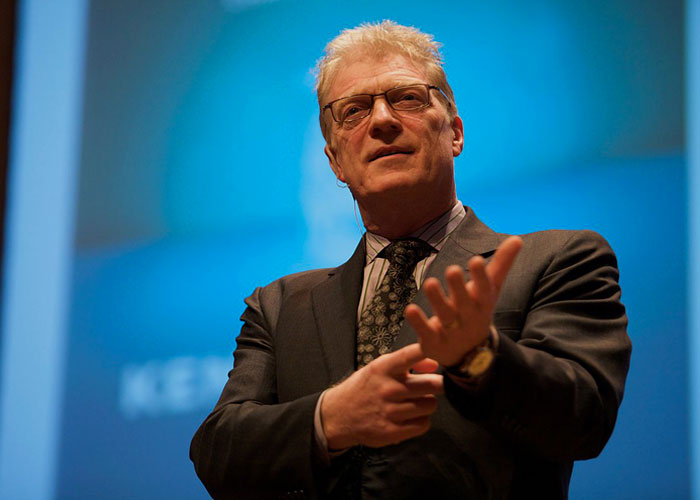
Storytelling Secret: Humour.
Ken Robinson’s speech in 2006, under the theme “How Schools Kill Creativity,” is still the most popular TED Talk of all time. Splashing the speech with excellent jokes almost turns him into a stand-up comedy performance. With an average of two gigs a minute, the speech had more of a joke than the movie ” Anchor-man” (with Will Ferrell in the lead role and 1.6 gigs/minute). “If they’re laughing, they’re listening,” Robinson observed wisely.
Lesson: If you have serious stories to tell, try wrapping them in humour.
7. Sir Richard Branson, founder of the Virgin group
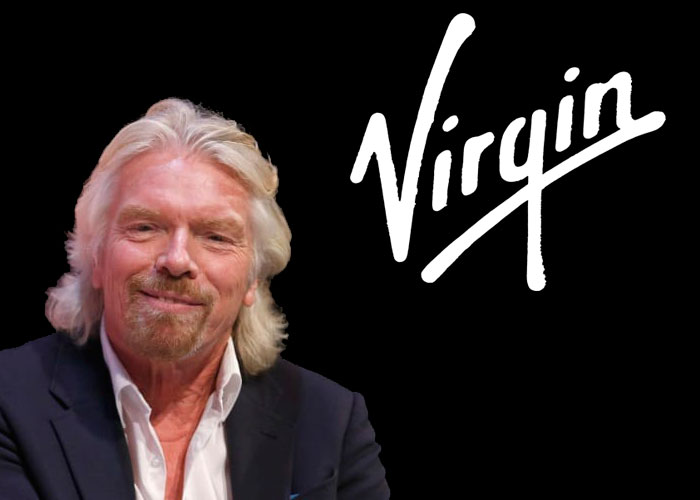
Storytelling Secret: Simplicity.
Richard Branson developed the art of business pitch at the boarding school when he tried to sell the students’ magazine to sponsors through a pay phone. “Dyslexia has shaped my style of communication – and Virgin’s,” he said. This is because the company “used clear and simple language. If I could quickly understand a concept, it was good to move on.”
Lesson: Conciseness. As Branson says, “if something cannot be explained on the back of an envelope, then it’s crap.”
8. Pope Francis

Storytelling Secret: The “rule of three”
The pontiff’s Jesuit formation taught him that the human brain most easily remembers things in sequences of three. “Man has defied natural beauty with social structures that perpetuate poverty, ignorance and corruption,” said the leader of the Catholic Church to 6 million people at an outdoor mass in Manila in 2015.
Lesson: Three is the number magical – and a strong rhetorical device used since Aristotle.
9. Chris Hadfield, Astronaut
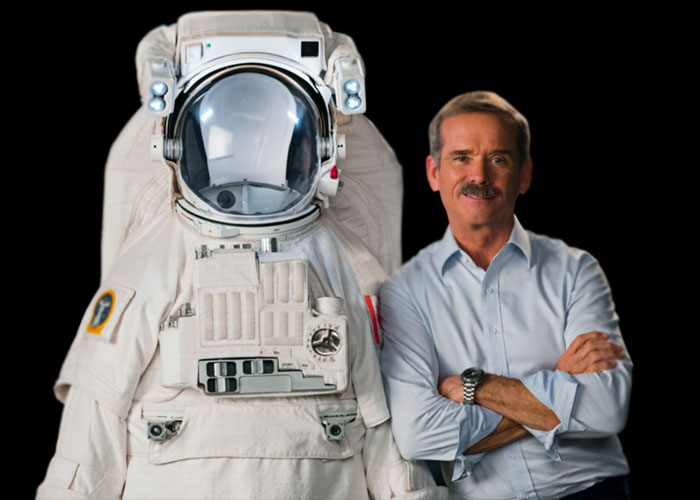
Storytelling Secret: Photos.
TED Talk by the Canadian astronaut, “What I Learned by Being Blind in Space” received a standing ovation. The presentation with 35 photos illustrates the scary incident of when he stopped seeing in the middle of a space walk. And based on neuroscience knowledge: it is easier to remember images than words – several studies have shown that people can remember more than 2,500 photos with 90% accuracy several days after they have seen them.
Lesson: Strong images (or even resorting to vivid analogies) are perfect for creating a memorable story.
10. Sheryl Sandberg, COO of Facebook
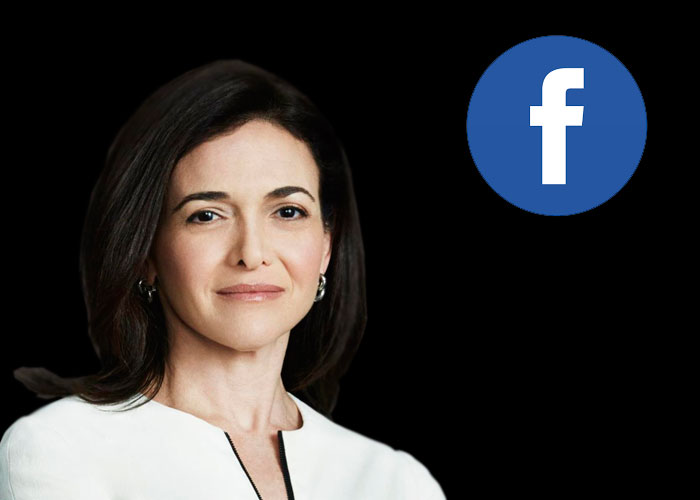
Storytelling Secret: Emotion instead of data.
At the 2010 TEDWomen Conference, Sheryl Sandberg put aside the data she had prepared and talked about how her three-year-old daughter had clung to her leg before she took the plane to the event, and the difficulties women face in getting to positions. The speech became viral, and later Sheryl Sandberg would eventually write the book “Make It Happen-Women, Work and the Will to Lead”.
Lesson: Do not give too much data to the public – the emotional quotient (EQ) is stronger.


